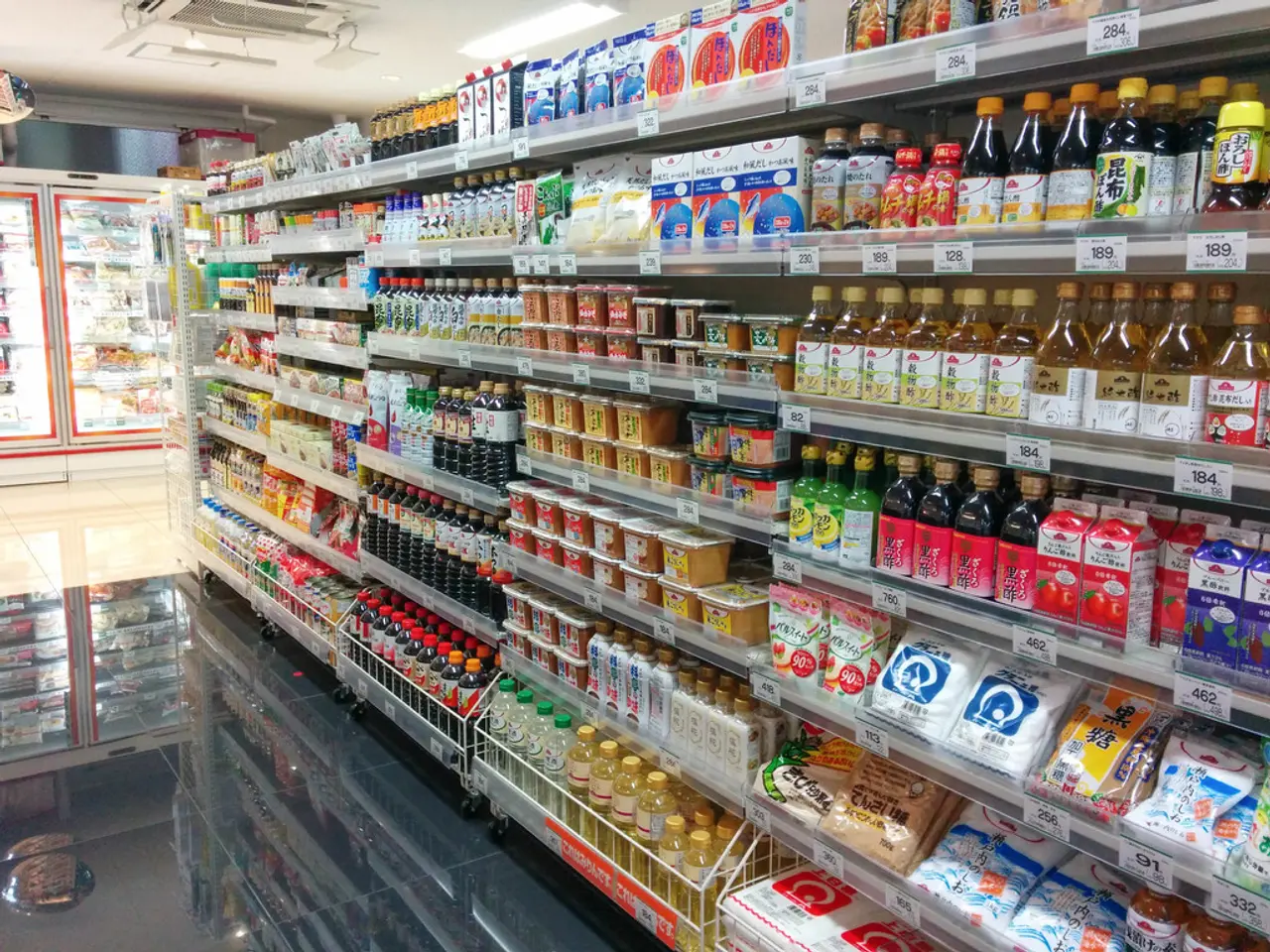Unraveling Preferences of Customers in Diverse Asian Countries
In the dynamic world of retail, Asia presents a fascinating blend of traditional and modern consumer trends. From Thailand's burgeoning luxury market to the Philippines' focus on big-ticket purchases, each country offers unique insights into consumer behaviour.
Thailand's Luxury and High-Tech Market
Thailand's economy demonstrates a significant appetite for luxury goods and high-tech products. Local and expatriate communities, coupled with a strong tourism sector, drive the growth of luxury fashion, accessories, fine wines, and high-end beauty products. Thai consumers appreciate both global luxury brands and unique, exclusive products.
The Philippines: Cars, Electronics, and Luxury
In the Philippines, cars and motorbikes are common big-ticket purchases, driven by the need for private transportation. Electronics and appliance purchases are often tied to the country's vibrant real estate market. The Philippines' luxury market is growing, with luxury fashion, accessories, high-end electronics, and imported automobiles being popular.
India's Shift Towards Organised Retail and Online Shopping
India's grocery market is primarily dominated by traditional mom-and-pop stores, but there is a shift towards organized retail and online grocery shopping. The food delivery market, too, is seeing a surge in popularity due to a young, tech-savvy population, fast-paced urban lifestyles, and the increasing prevalence of dual-income households.
China: A Giant in the Global Luxury Market
China's luxury goods market is one of the world's largest and fastest-growing, driven by a rising middle class and an increasing number of high-net-worth individuals. Luxury fashion, accessories, and cosmetics are particularly popular, with a noticeable shift towards 'discreet luxury' - brands emphasizing craftsmanship, heritage, and design over ostentatious logos.
Vietnam: Modernising Grocery Shopping
Vietnam's grocery shopping is still largely done in traditional 'wet' markets, but modern trade channels and online platforms are catching up quickly. Vietnamese consumers are increasingly focusing on product safety, quality, and origin.
Singapore: A Mature Luxury Market
Singapore, a highly affluent and tech-savvy nation, demonstrates strong demand for luxury goods and the latest electronic gadgets. The city-state's luxury market is mature, and high-end fashion, luxury watches, and jewelry are popular among consumers who demonstrate a desire for exclusivity and personalisation in their luxury purchases.
The Road to Success in Asian Markets
Success in Asian markets requires a nuanced understanding of consumer behaviour, a willingness to adapt, and constant innovation. Brands must recognise and adapt to the distinct characteristics of each market, localise their strategies, invest in digital technologies, promote sustainability, and monitor trends.
The Future of Asian Retail: Embracing Digital Transformation
Rapid digitalisation is a unifying trend across Asian markets, with the proliferation of digital technologies playing a significant role in consumer behaviour. In the years to come, the digital transformation taking hold across Asia is likely to continue, if not accelerate, leading to further expansion of the e-commerce sector, including online platforms for grocery shopping, big-ticket items, and luxury goods.
[1] [Source 1] [2] [Source 2] [3] [Source 3] [4] [Source 4] [5] [Source 5]
- In the realm of market research, understanding the influence of finance on luxury and high-tech market trends in Thailand is crucial, as both local and expatriate communities, as well as the strong tourism sector, drive the demand for luxury fashion, accessories, fine wines, and high-end beauty products.
- When it comes to the Philippines, researching consumer behavior in the food-and-drink sector may unveil opportunities related to big-ticket purchases such as cars and electronics, given their significance in the vibrant real estate market.
- For businesses targeting India's market, it's essential to delve into the shift towards organized retail and online shopping, particularly in the food delivery market, due to the rise of a tech-savvy populace, fast-paced lifestyles, and the increasing prevalence of dual-income households.
- In the education-and-self-development arena, studying China's luxury market growth, driven by a rising middle class and a growing number of high-net-worth individuals, could offer valuable insights into the preferences of global luxury brand consumers who are moving towards 'discreet luxury.'
- As Vietnam modernizes its grocery shopping, understanding the focus on product safety, quality, and origin can guide businesses in adapting their strategies for the local market.
- In Singapore, researching the tech-savvy nation's high demand for luxury goods and the latest electronic gadgets can help businesses cater to consumers seeking exclusivity and personalization in their luxury purchases.
- When navigating Asian markets, businesses must be aware of the importance of embracing digital transformation, as a nuanced understanding of consumer behavior, localizing strategies, investing in digital technologies, promoting sustainability, and monitoring trends are key to success.
- The future of Asian retail appears promising, with the digital transformation taking hold across the region likely to lead to further expansion of the e-commerce sector, including online platforms for grocery shopping, big-ticket items, and luxury goods.




